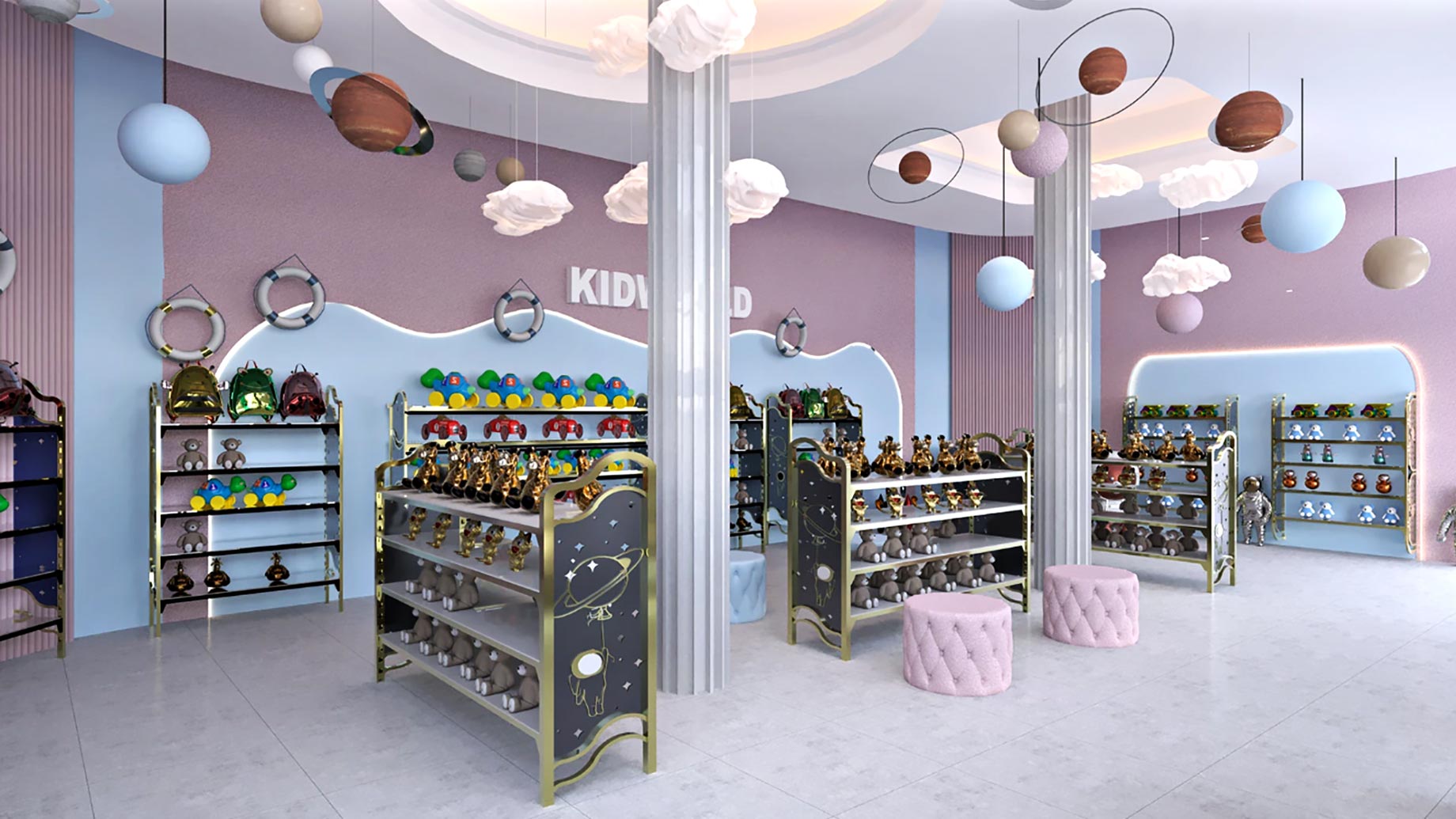
A great product and attractive prices are important, but how customers move through your store and encounter merchandise often determines whether they buy. Strategic placement of retail furniture and display showcases shapes customer flow, highlights key items, and creates natural buying opportunities. Thoughtful layout decisions can increase average transaction value, reduce bottlenecks, and improve the overall shopping experience — all without changing a single product.
Why furniture placement matters more than you think
Customers don’t shop randomly. Their movement is guided by sight lines, focal points, and the ease of navigation. Poor placement creates friction: crowded aisles, hidden best-sellers, and frustrated shoppers. Well-placed furniture solves these problems by:
- Directing traffic to high-margin sections.
- Creating comfortable browsing zones that encourage time-on-floor.
- Making impulse items visible at the moment of decision.
- Ensuring accessibility for all shoppers, improving satisfaction and dwell time.
In short, placement converts passive browsers into active buyers.
The store zones that matter
Designing a successful layout starts with zoning. Each zone plays a specific role in the customer journey:
- Entrance Zone — First impressions matter. Use minimal, attractive pieces and a strong feature display to set tone and draw customers inside.
- Transition Zone — This area prepares shoppers to explore; wide aisles and open shelving help them move fluidly.
- Power Wall — Usually a wall customers see first or right after entering; reserve it for best-sellers or new arrivals.
- Decompression Zone — The few feet just inside the entrance where customers pause to take in the store; avoid clutter here.
- Promotional/Impulse Zone — Near checkout and along natural pauses to encourage last-minute add-ons.
- Service Zone — Checkout and customer service; efficient furniture and display placement here speeds transactions.
By assigning clear purposes to each area, furniture becomes a functional tool rather than mere decoration.
Principles for placing retail furniture
Follow these practical design rules to make furniture work for sales:
- Keep sight lines clear: Low fixtures maintain visibility across the store. Taller units should be placed at the back or along walls so they don’t obstruct flow.
- Create a natural path: Whether you prefer a loop, grid, or free-flow layout, design pathways that guide shoppers past key merchandise. Use shelving and displays to subtly steer movement.
- Balance density and openness: Too many fixtures feel cramped; too few feel unfinished. Aim for a rhythm — clusters of product, open breathing space, a focal display, repeat.
- Use focal points strategically: An island display or a well-lit showcase draws attention. Place high-margin items in these spots to increase visibility and perceived value.
- Consider ergonomics and comfort: Ensure aisles meet accessibility standards and include occasional seating. Comfortable customers browse longer and spend more.
- Rotate displays frequently: Keep regular shoppers curious by changing the items featured on tables and in showcases. Freshness sparks exploration.
The role of display showcases in conversion
Display showcases are compact powerhouses for conversion. They protect valuable items while presenting them in a controlled, elevated way. Use showcases to:
- Highlight limited editions or high-ticket items.
- Showcase curated bundles that encourage multi-item purchases.
- Protect fragile or high-theft merchandise while still allowing full visibility.
- Create storytelling moments — combine complementary items in a single showcase to suggest outfits, uses, or themes.
A well-lit, well-placed showcase acts like a silent salesperson.
Lighting, contrast, and the art of emphasis
Placement alone is not enough; how furniture and displays are lit and contrasted matters equally.
- Accent lighting on displays immediately raises perceived value.
- Contrast between fixture materials and product color makes items pop.
- Layered lighting (ambient + accent + task) ensures customers see detail without strain.
When light and materials work together, even everyday products can appear premium.
Seasonal strategy and flexible furniture
Retail calendars are cyclical. Your layout should be too. Modular, mobile, or foldable furniture enables fast seasonal swaps and pop-up concepts without heavy remodeling. Benefits of flexibility:
- Quick promotion rollouts for holidays or events.
- Easy testing of different layouts and conversion tracking.
- Lower renovation costs and faster visual refreshes.
Investing in adaptable fixtures pays off in agility and ongoing relevance.
Data-driven placement decisions
Don’t guess — measure. Use sales data, heat maps, and staff observation to understand where customers linger and which paths convert best. Key tactics:
- Track product performance by zone and adjust furniture to boost underperforming items.
Use footfall analytics to identify traffic bottlenecks and open new paths. - A/B test display locations for high-margin SKUs to find the highest-converting spot.
Iterative testing turns placement from art into a repeatable science.
Accessibility and inclusivity in layout
Good design includes everyone. Ensure aisles are wheelchair-friendly, signage is legible, and seating options exist for elderly customers or those with children. These inclusive choices increase market reach and create loyal customers who feel respected and welcomed.
Practical checklist before finalizing layout
- Can you see the entire store from the front counter?
- Are high-margin products visible without forcing shoppers to search?
- Do aisles allow two-way traffic comfortably?
- Are impulse items placed at natural pause points?
- Can staff easily restock displays without disrupting customers?
If you can answer “yes” to most, your layout is on the right track.
Conclusion
Strategic placement of retail furniture and display showcases transforms your store into an efficient, inviting, and sales-driven environment. With clear zoning, purposeful focal points, and data-informed tweaks, furniture becomes a powerful tool to guide customer behavior and boost revenue. Small changes in placement often deliver large gains in conversion — and the best part is that many of these improvements are low-cost and quick to implement.
Design with intention, test what works, and let your fixtures lead the way from browsing to buying.